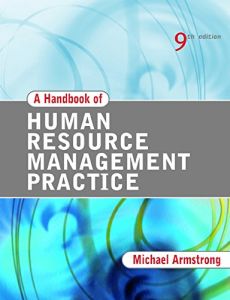Join getAbstract to access the summary!

Join getAbstract to access the summary!
Michael Armstrong
A Handbook of Human Resource Management Practice
Kogan Page, 2004
What's inside?
To make money, retain employees and boost quality, make Human Resource Management part of your company's strategic plan.
Recommendation
Human resources professionals will find Michael Armstrong’s book practical, helpful and relevant. It discusses all facets of current practice, including such relatively new developments as e-learning, and it discusses how you can help your organization implement change. The book would make an excellent college text, since it covers HRM’s evolution, principles, theories, practice, research, job descriptions and more. The author seems to have two goals: to provide comprehensive information about human resource management and to persuade upper level managers to integrate HRM into strategic planning. This would empower HR departments to generate broader organizational results. To get the most from this manual, given its textbook style, practitioners may wish to study it chapter by chapter. Since organizational philosophies, functions and practices differ, it even lends itself to further discussion when HRM professionals gather to share ideas and swap proven practices. getAbstract thinks those in the field will derive a great deal of value from this book.
Summary
About the Author
Michael Armstrong has 22 years experience in corporate human resources, having been an executive director at a large publishing firm for 12 years and then head of a HR consultancy division for a major accounting firm. He works as an independent consultant in the HR field, and is the author of numerous related books including A Handbook of Management Techniques, Managing People, How to Be an Even Better Manager, Performance Management and Reward Management.




















Comment on this summary